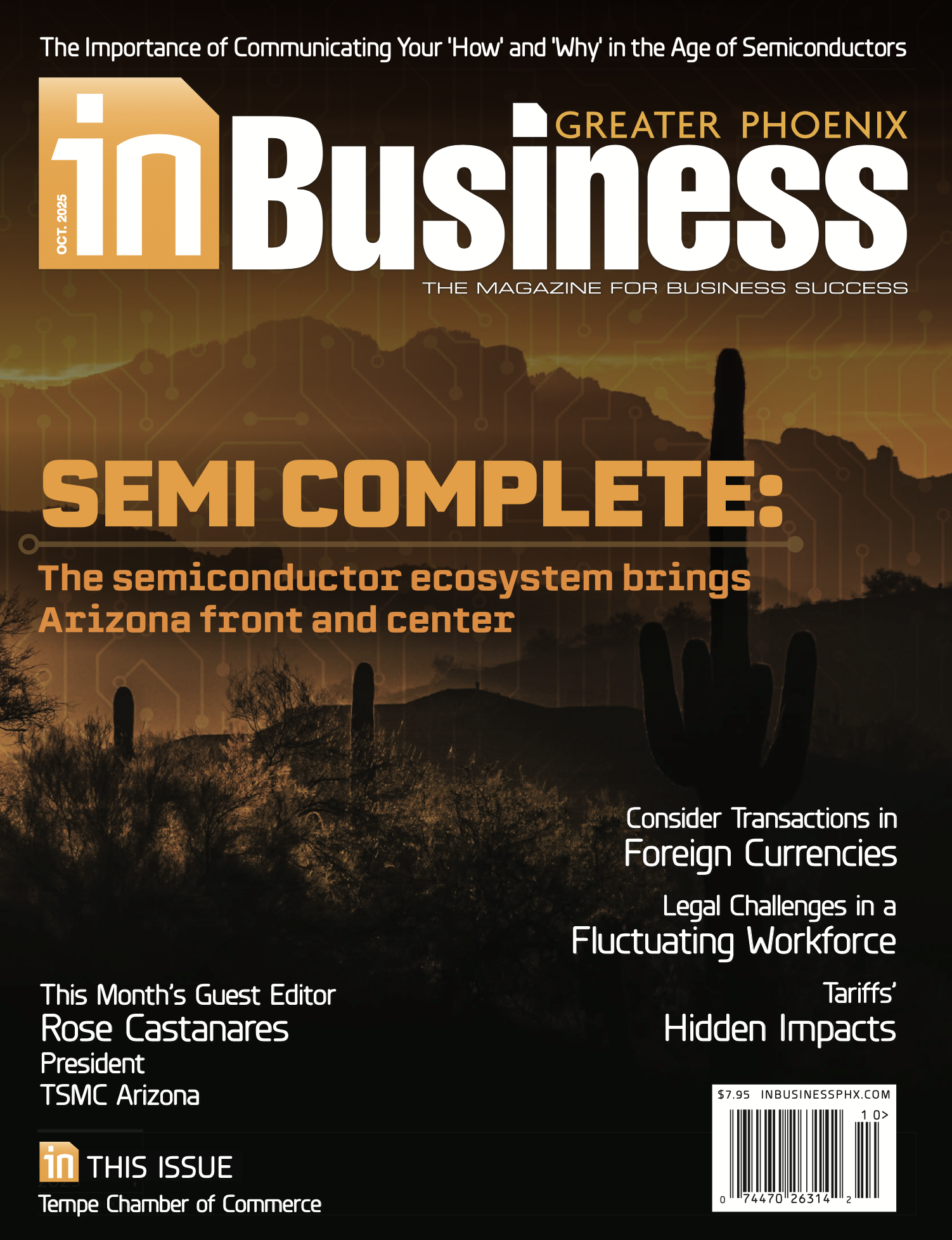The majority of high quality leads received through a company’s website never receive a response. Among the leads that do receive a response, 78 percent take more than an hour to respond to. Research suggests we will lose a customer’s attention unless they receive a response in 5 minutes or less.
The need to respond to potential new customers and clients quickly, while you have their attention, is critical. We’re talking minutes, not hours.
The main obstacle: Ourselves. Humans have limited bandwidth, limited time to respond, and in many cases too many leads to pursue. As new digital tools emerge to transform how marketers do business, perhaps no innovation has been more powerful than automated lead nurturing. It provides instant acknowledgement to your leads and takes one thing off your to-do list.
The Power of Forms
Forms, which typically live on an app or website’s landing page, can gather leads for you and transport that information somewhere you can put it to use. A form can take in a wide variety of information such as: first name, last name, email, phone number, reason for reaching out, specific interests, or what company that lead is associated with.
Each of these fields can be tailored to the specific needs of your organization. Ask for as little or as much information as you need to perform the next action. Keep in mind that every time you tack on an additional field to a form, you reduce the chance that form will be completed. Only ask for what is essential to know. If you’d like to gather more information from a lead, you can always do so through a future campaign.
The best part of a form: everyone who fills it out can receive an immediate response via email, text, or direct, custom-made message.
Best Practices
A few best practices will keep your forms compliant with the relevant legal restrictions and guidelines, and increase your chances of engagement.
- Be transparent about your data collection. A person’s data is valuable. Your organization knows that, and a potential lead knows that as well. It is a person’s right to keep their information private, and what you can do with their data is bound by legal restrictions. Marketers will be surprised to learn that 84 percent of consumers are more likely to share information with brands that have transparent data practices and policies. Be deliberate in what you’re asking them for, and let your potential leads know how you’re going to use that data to benefit them.
- Make it clear if they’re opting into marketing material. Whether it’s print, email, SMS or another medium, you must be explicit with your potential leads if they will be opting into some form of marketing messaging. Typically, this is done through a check box at the bottom of the form, which can be checked by default. The user can uncheck that box to refrain from opting into marketing messages. In this way you can still collect information, even if they don’t want to receive messaging.
- Use form data authentication. Data is a precious resource and should be treated as such. If you have a few good contacts in a sea of invalid emails and spam accounts, your lead generation becomes essentially useless. Use tools like CAPTCHA to ensure that whoever is submitting to your form is a legitimate lead and not a bot. Use built-in form validation or regex to ensure that an email follows the correct format, or a phone number is the correct number of digits. It’s easy for a contact to fat finger a field when they’re in a rush. Once that data is submitted, it can be difficult to correct, especially if a bad email was submitted. The contact record is essentially rendered useless.
Next Steps
The next step in automated lead nurturing is a critical one: the first communication from your organization to the new lead. Putting considerable thought into your welcome email is crucial. Why? Welcome emails have some of the highest open rates of 50 percent, on average. In other words, they’re 86 percent more effective than standard email campaigns.
A well-crafted message can create an exceptional customer experience and ensure your leads are getting the follow-up they deserve. Even if the message is automatically generated and sent through a software script, it needs to reflect the tone of your organization ― including the sales personnel your new lead will ideally interact with in the near future.
Think of this process like a funnel. The automated forms collect all your potential leads into the funnel. The initial message keeps your new lead engaged ― in effect, keeps them in the funnel ― and can help you direct them to the most appropriate sales personnel, depending on how and why they filled out your form in the first place.
The initial, automatically generated message effectively buys time for your sales personnel to reach out to the new lead, while also minimizing their workload so they can focus on bottom-of-the-funnel interactions.
A well-executed funnel translates to more qualified leads. Research shows that lead nurturing can elicit as much as 50 percent more sales-ready leads at a 33 percent lower cost. In essence, the more effort you put in, the easier it will be to close new customers. For organizations who have not invested in automated lead nurturing, the imperative is clear.
Erik Michal is the marketing automation manager at ddm marketing + communications, a leading B2B digital marketing agency for highly complex and highly regulated industries. Erik provides email and marketing automation leadership and delivers innovative solutions and industry expertise to ddm’s clients.











